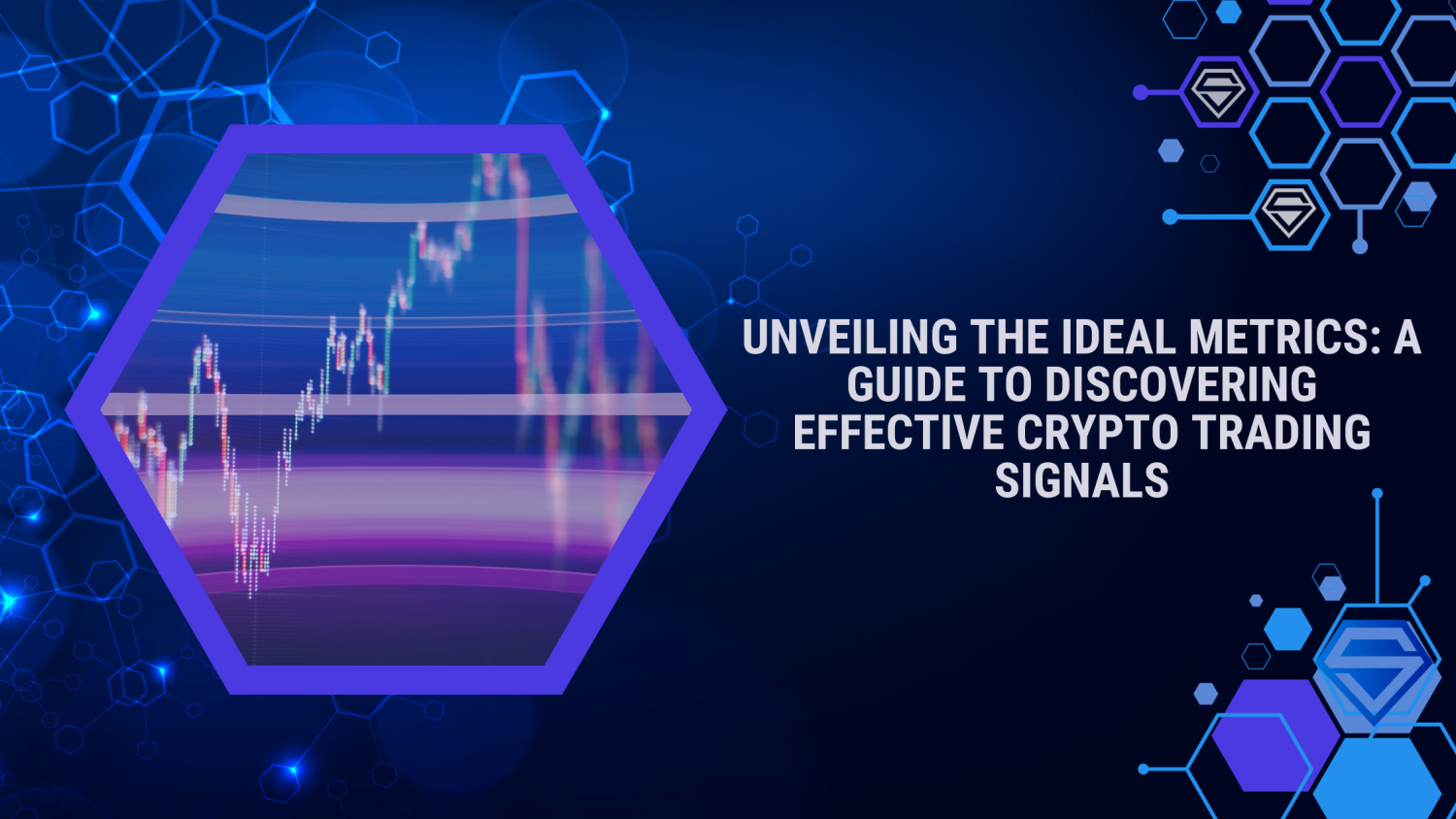
16. November, 2023
How to Find the Best Indicator for Crypto Trading
Are you tired of making guesses and taking blind leaps when trading cryptocurrencies?
Finding the best indicator for crypto trading can be the game-changer you’ve been seeking. In the volatile world of cryptocurrencies, having a reliable indicator can provide valuable insights, improve your decision-making process, and ultimately lead to more profitable trades.
In this comprehensive guide, we will explore the key factors to consider when selecting the best indicator for crypto trading, enabling you to make informed choices that yield positive results.
The Importance of Indicators in Crypto Trading
Cryptocurrencies operate in a highly volatile market, where prices can experience rapid fluctuations within short timeframes. As a result, traders need effective tools to navigate this volatility and make informed decisions.
This is where indicators come into play. Indicators are mathematical calculations based on historical price data that help traders analyze market trends, identify patterns, and make predictions about future price movements. By using indicators, traders can gain valuable insights into potential entry and exit points, enabling them to maximize profits and minimize risks.
Types of Indicators for Crypto Trading
When it comes to choosing the best indicator for crypto trading, it’s essential to familiarize yourself with the various types available. Here are some commonly used indicators:
Moving Averages (MA)
Moving averages are one of the most widely used indicators in technical analysis. They help identify trends by smoothing out price fluctuations over a specific period. Simple Moving Averages (SMA) and Exponential Moving Averages (EMA) are the two main types of moving averages used in crypto trading. They are widely used to determine support and resistance levels and generate buy or sell signals.
Relative Strength Index (RSI)
The RSI is a momentum oscillator that measures the speed and change of price movements. It helps traders identify overbought or oversold conditions in the market, indicating potential trend reversals. RSI values range from 0 to 100, with readings above 70 considered overbought and readings below 30 considered oversold.
Bollinger Bands
Bollinger Bands consist of a moving average and two standard deviations, forming an upper and lower band. They help traders identify periods of high volatility and potential price breakouts. When the price reaches the upper band, it may indicate an overbought condition, while reaching the lower band may suggest an oversold condition.
Moving Average Convergence Divergence (MACD)
MACD is a versatile indicator that combines moving averages to identify potential trend reversals, generate buy or sell signals, and provide insights into market momentum. It consists of two lines: the MACD line and the signal line. When the MACD line crosses above the signal line, it generates a bullish signal, and when it crosses below the signal line, it generates a bearish signal.
Factors to Consider When Selecting the Best Indicator
While there are numerous indicators available, it’s crucial to consider several factors when selecting the best one for your crypto trading strategy:
-
Timeframe
Different indicators perform better on specific timeframes. Determine whether you are a short-term or long-term trader and choose an indicator that aligns with your trading style. For example, if you are a day trader, you may prefer indicators that work well on shorter timeframes, such as the 15-minute or 1-hour chart.
-
Accuracy and Reliability
It’s essential to choose indicators with a proven track record of accuracy and reliability. Research and backtest indicators before implementing them in live trading. Look for indicators that have been used successfully by experienced traders and have a strong reputation within the crypto trading community.
-
Compatibility with Your Trading Strategy
Consider how the indicator aligns with your trading strategy and goals. Some indicators work better for trend-following strategies, while others are more suitable for contrarian approaches. For example, moving averages are often used in trend-following strategies, while oscillators like RSI are useful for identifying potential trend reversals.
-
Simplicity and Ease of Use
While some indicators may appear complex, it’s generally better to choose indicators that are straightforward and easy to understand. Overly complex indicators can lead to confusion and may not provide clear signals. It’s important to balance effectiveness and simplicity when selecting an indicator.
Testing and Implementing the Chosen Indicator
Once you have identified the indicator that seems the best fit for your crypto trading strategy, it’s crucial to test it thoroughly before implementing it in live trading. Backtest the indicator using historical data and analyze its performance in various market conditions.
This step will help you determine if the chosen indicator is consistent and reliable. During the backtesting process, pay attention to factors such as the number of false signals, the accuracy of trade entries and exits, and the overall profitability of the strategy.
In addition to backtesting, consider implementing the indicator in a demo trading environment or using it alongside your live trading activities. This will allow you to observe how the indicator performs in real-time market conditions and gain confidence in its effectiveness.
Furthermore, it’s important to remember that indicators should not be relied upon as the sole basis for making trading decisions. They should be used in conjunction with other technical analysis tools, fundamental analysis, and market sentiment to form a comprehensive trading strategy.
Conclusion
In conclusion, finding the best indicator for crypto trading is a key step toward optimizing your trading strategy and maximizing profits. However, it’s important to note that no one-size-fits-all indicator will guarantee success in crypto trading. The best indicator for crypto trading may vary depending on your trading style, risk tolerance, and market conditions. Staying ahead in this ever-evolving market requires continuous learning, experimentation, and adaptation.
Remember, indicators are tools that provide insights and assist in decision-making, but they should not be used in isolation. Combine them with other analysis techniques, stay updated with market news and trends, and always practice proper risk management to achieve long-term success in crypto trading.


